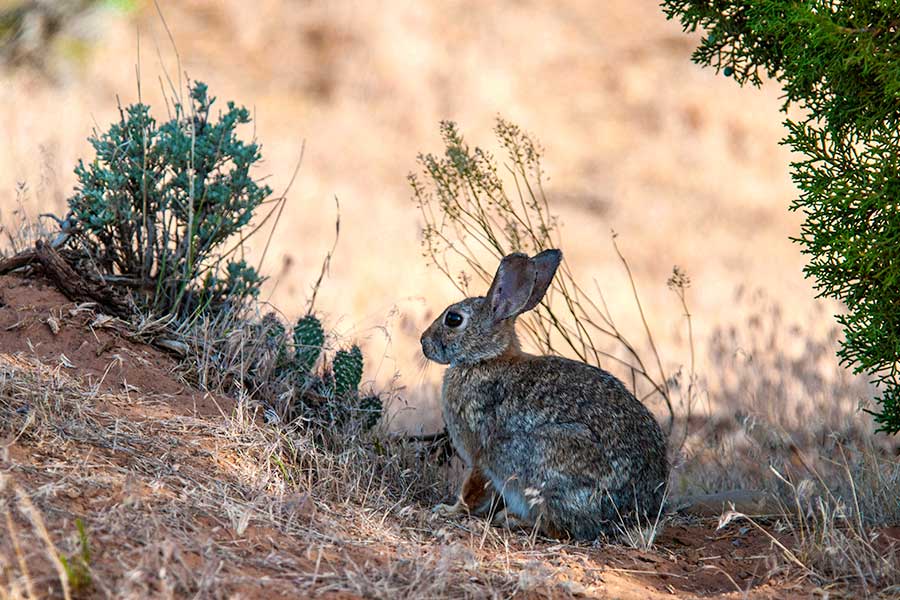Rabbit hemorrhagic disease confirmed in wild rabbits in Wayne County
Salt Lake City — After being confirmed in domestic rabbits in Sanpete County in June, Rabbit hemorrhagic disease has now been confirmed in wild rabbit populations in Utah, as well.
Rabbit hemorrhagic disease serotype 2 (RHDV-2) was confirmed on July 21 after some dead wild cottontail rabbits were found in the Teasdale area of Wayne County and then sent to a lab for testing. The disease was first detected in Utah on June 22 after the Utah Department of Agriculture and Food confirmed that a private farm with domestic rabbits in Sanpete County had rabbits that tested positive for the disease.
RHDV-2 was first identified in domestic rabbits in Europe and has now been detected in multiple southwestern states earlier this year, including California, Nevada, Colorado, New Mexico and Arizona. RHDV-2 is not related to the coronavirus responsible for COVID-19. Both domestic and wild rabbits, as well as pikas, are susceptible to the disease, and infection results in very high rates of mortality. The disease is highly contagious and causes rapid death.
Rabbits may become sick one to five days after exposure and have symptoms of fever, lethargy, a lack of appetite, difficulty breathing and frothy blood coming from their nose just prior to death. The virus causes liver inflammation that prevents blood from clotting and eventually the rabbit dies from internal hemorrhage (bleeding). There is no treatment for RHDV-2.
While people, dogs and other animals are not susceptible to RHDV-2, they can carry the virus from one location to another on their feet or other contaminated items. The virus can survive for months in the environment, and rabbits can be infected by direct contact to sick rabbits or through contact with the urine or feces of sick rabbits.
If you see multiple dead wild rabbits in an area, please contact the nearest Utah Division of Wildlife Resources office, and wildlife officials will determine whether the animals should be sent in for testing. Always wear disposable gloves when handling a dead animal, and wash your hands thoroughly after. Rabbit carcasses that are not fresh enough to be tested should be double bagged and disposed of by deep burial or landfill.
If you are planning to hunt cottontail or snowshoe rabbits in Utah this fall, note that infected wild rabbits may be lethargic and not flee when approached. If the rabbit you harvested seemed to act normally at the time of the hunt, it is unlikely that it has the disease. However, if you notice any discoloration or hemorrhages on internal organs after harvesting the rabbit, or if you see anything that may appear abnormal or a cause for concern, please contact your local DWR office.
If you suspect RHDV-2 in a domestic rabbit, contact your veterinarian or the State Veterinarian's office at 801-982-2235. For more information on RHDV-2 in domestic rabbits, visit the Utah Department of Agriculture and Food website.

















